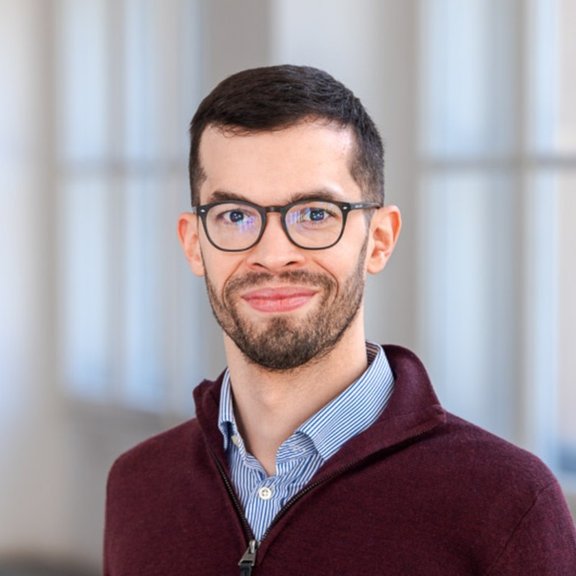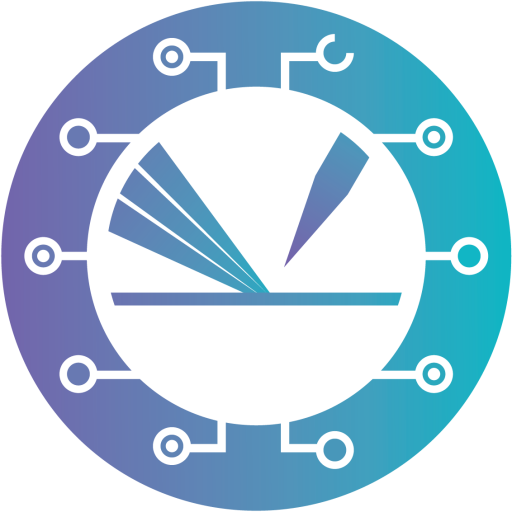Laerte Patera
Institute of Physical Chemistry
University of Innsbruck, Austria
Monday, 04th December 2023, 17:00 s.t.
The talk will be given in hybrid mode.
You can join at:
Seminarraum 9 (SR 9)
University of Vienna, Faculty of Physics
Kolingasse 14–16, 1090 Vienna
Or you can join the zoom meeting:
https://tuwien.zoom.us/j/92739417554?pwd=MlFkNjJxUjFkUUhPaUJmZ0ZnMjVOZz09
Meeting ID: 927 3941 7554 Passcode: X74b82XE

Two-dimensional photoactive frameworks:
Towards dynamic
covalent chemistry and exciton imaging
Bio of Laerte Patera
Ass.Prof. Laerte Patera studied physics at the University of Milan and earned his Ph.D. at the University of Trieste, Italy. During his Ph.D. work, he was a visiting Ph.D. student at Lawrence Berkeley National Laboratory, USA. He then moved on to a postdoctoral researcher position at the University of Regensburg and a position as a principal investigator at the Technical University of Munich, Germany. Since September 2022, he is Assistant Professor at the Institute of Physical Chemistry of the University of Innsbruck, Austria. His main research areas are 2D-covalent organic frameworks, excitions in photoactive frameworks, and single-site catalysis.
